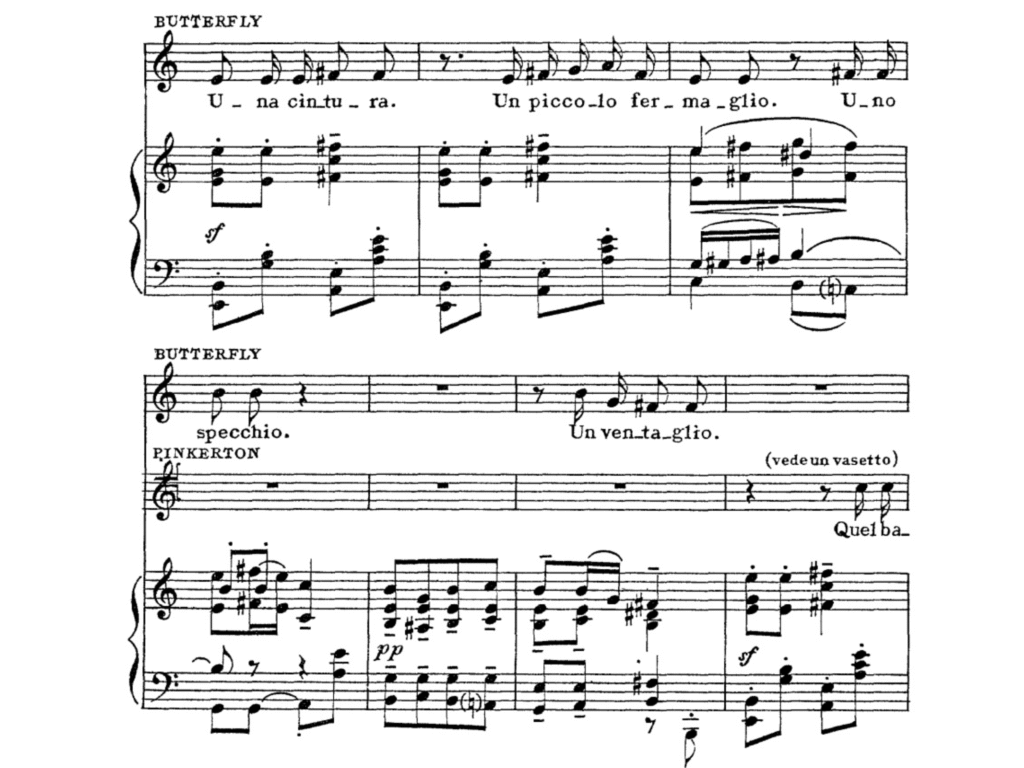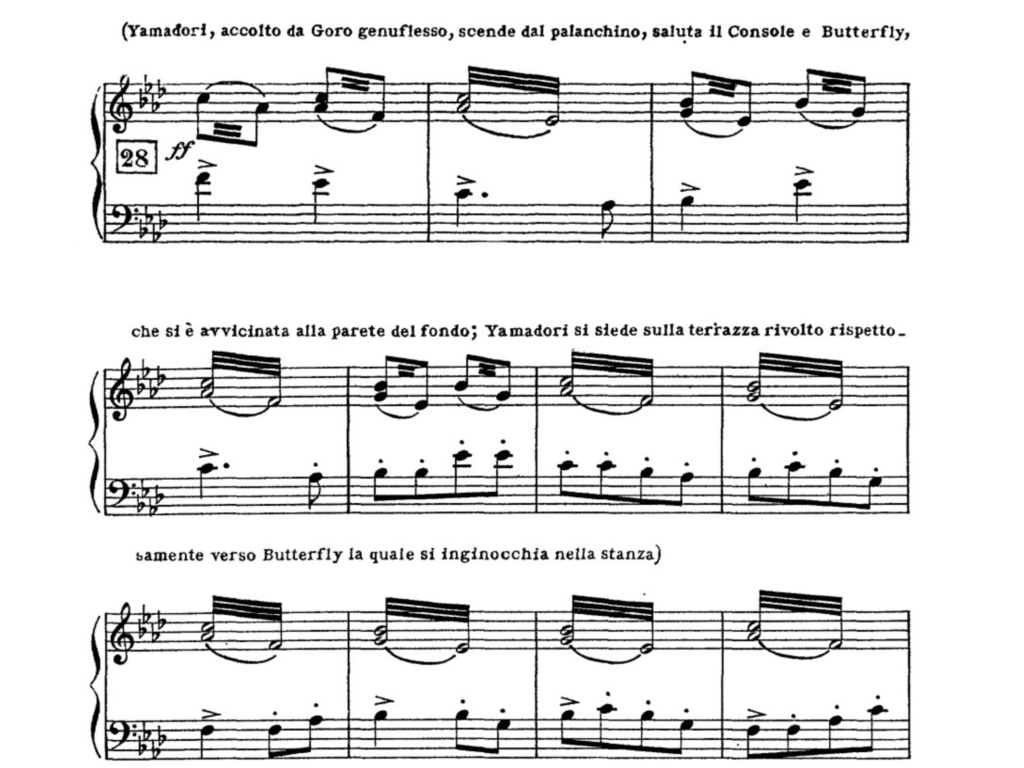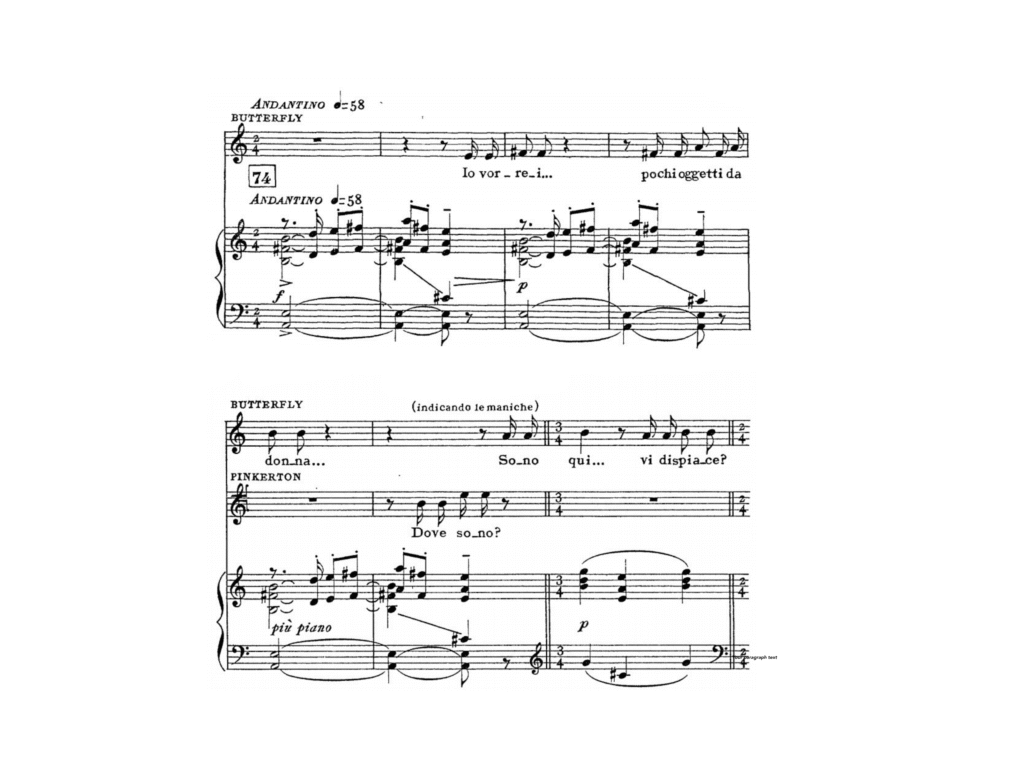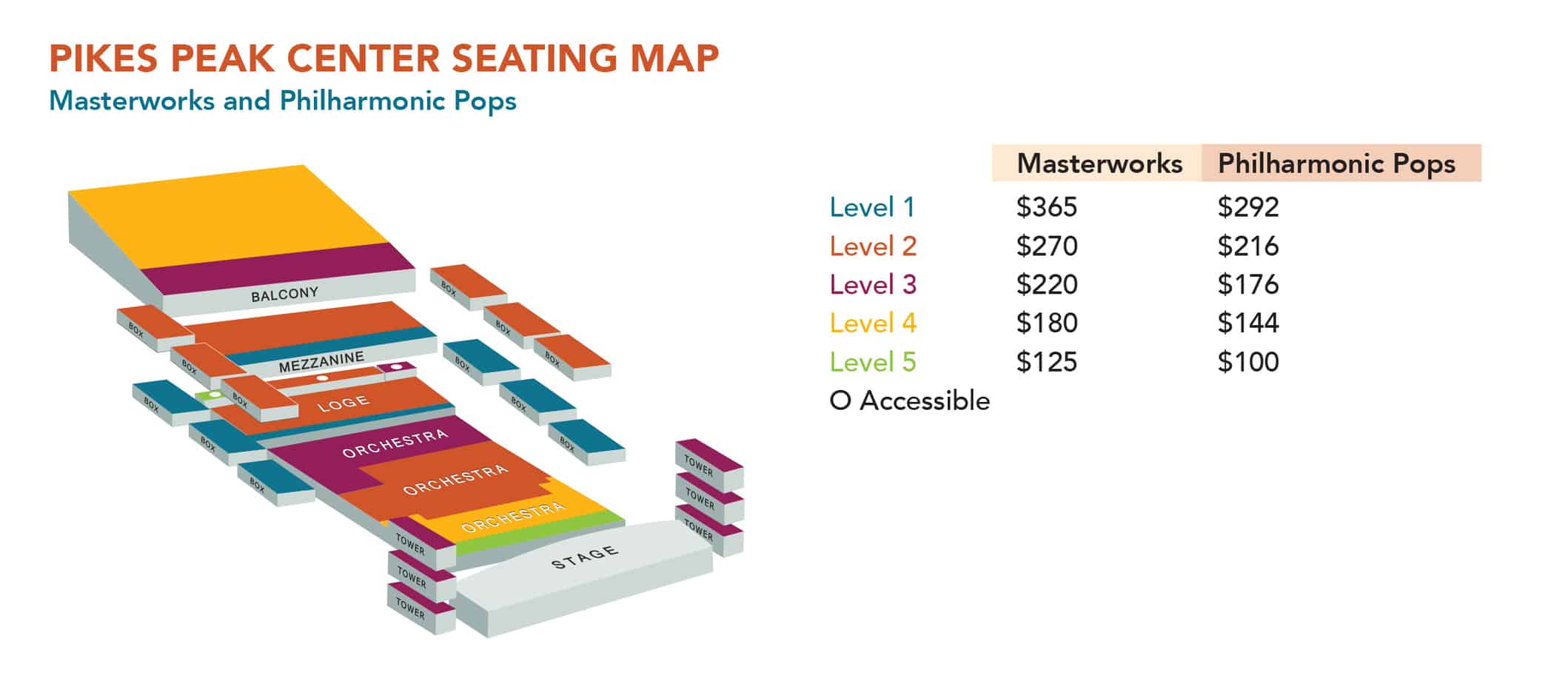Madama Butterfly and Japanese Folk Songs
Giacomo Puccini’s opera Madama Butterfly is one of the most famous works in the operatic repertoire, known for its tragic love story and evocative music. One of the most intriguing aspects of the opera is Puccini’s incorporation of Japanese folk songs and Japanese culture. The use of Japanese folk songs also raises a question about Sonic Sovereignty-which refers to the right and ability of a community of color to control and protect their own songs, rhythms, and melodies. To whom do these songs belong? How can and should they be used? Who can play and sing them?
Puccini was invested in learning more about what he could of Japanese sounds and melodies. His efforts led him to infuse his score with melodies from the following songs:
Sakura Sakura
“Sakura”, is a traditional Japanese folk song depicting spring, the season of cherry blossoms.
Melodies from Sakura can also be found in the oboe part as Butterfly takes her personal possessions out of her sleeves and gives them to Suzuki for safe keeping.

Nihon Bashi
The Nihon Bashi, another Japanese traditional melody, can be heard soaring in the violins immediately after the marriage ceremony is complete in Act I, just before Butterfly corrects her friends and relations and refers to herself as “Madama B. F. Pinkerton”.

Miyasan
Miyasan is a Japanese march dating from the Boshin War and Meiji restoration in 1868. It is widely considered to have been the first western-style march ever made in Japan.
Miyasan can be heard in association with the Prince Yamadori arrival in Act II.

His decision to use Japanese folk songs was influenced by a broader European late 19th century fascination with Japanese culture, known as Japonisme, (which sits within a broader harmful tradition of Orientalism) as well as his own efforts to create an authentic soundscape for the opera.
The question of whether Puccini’s use of Japanese folk songs constitutes cultural appropriation or appreciation is complex. His efforts to study and incorporate authentic Japanese music suggests a genuine interest in representing the culture with respect. His research and dedication to musical authenticity indicates an appreciation for Japanese traditions rather than a superficial borrowing of exotic elements.
When To Listen for These Japanese Melodies
Puccini, primarily through melodic transcriptions of these works, infused his score with Japanese Folksong melodies.
Ha Uta
For instance, Ha-Uta is found in the orchestral part as Butterfly shows Pinkerton her possessions in Vieni, amor mio! of Act I.


Kimigayo
“Kimigayo” (君が代, Japanese pronunciation “His Imperial Majesty’s Reign”) is the national anthem of Japan. Its lyrics are the oldest among the world’s national anthems.
Kimigayo, a tune which Puccini uses to announce the Imperial Commissioner’s arrival just prior to the wedding ceremony in L’imperial commissario of Act I.

